Because these materials are relatively new, they have not undergone any significant testing. In the 19th century, the modern diaper began to take shape and mothers in many parts of the world used cotton material, held in place with a fastening—eventually the safety pin. Paddi was very successful for many years until the advent of 'all in one' diapers. They are also commonly used in other consumer products, contact lenses, and food packaging. Our clinical research has shown there is no increased risk for diaper rash for babies using scented diapers compared to unscented diapers. Buying the right size of disposable diaper can be a little difficult for first time parents since different brands tend to have different sizing standards. Read More. Scripps Company. The nonwoven fabric is cost-effective, environmentally friendly, disposable, and harmless to use. SMMS Fabric. Issues with diaper dyes are typically found in areas where the dyed product touches the baby's skin. Scripps Company. Download Our Product Catalog.
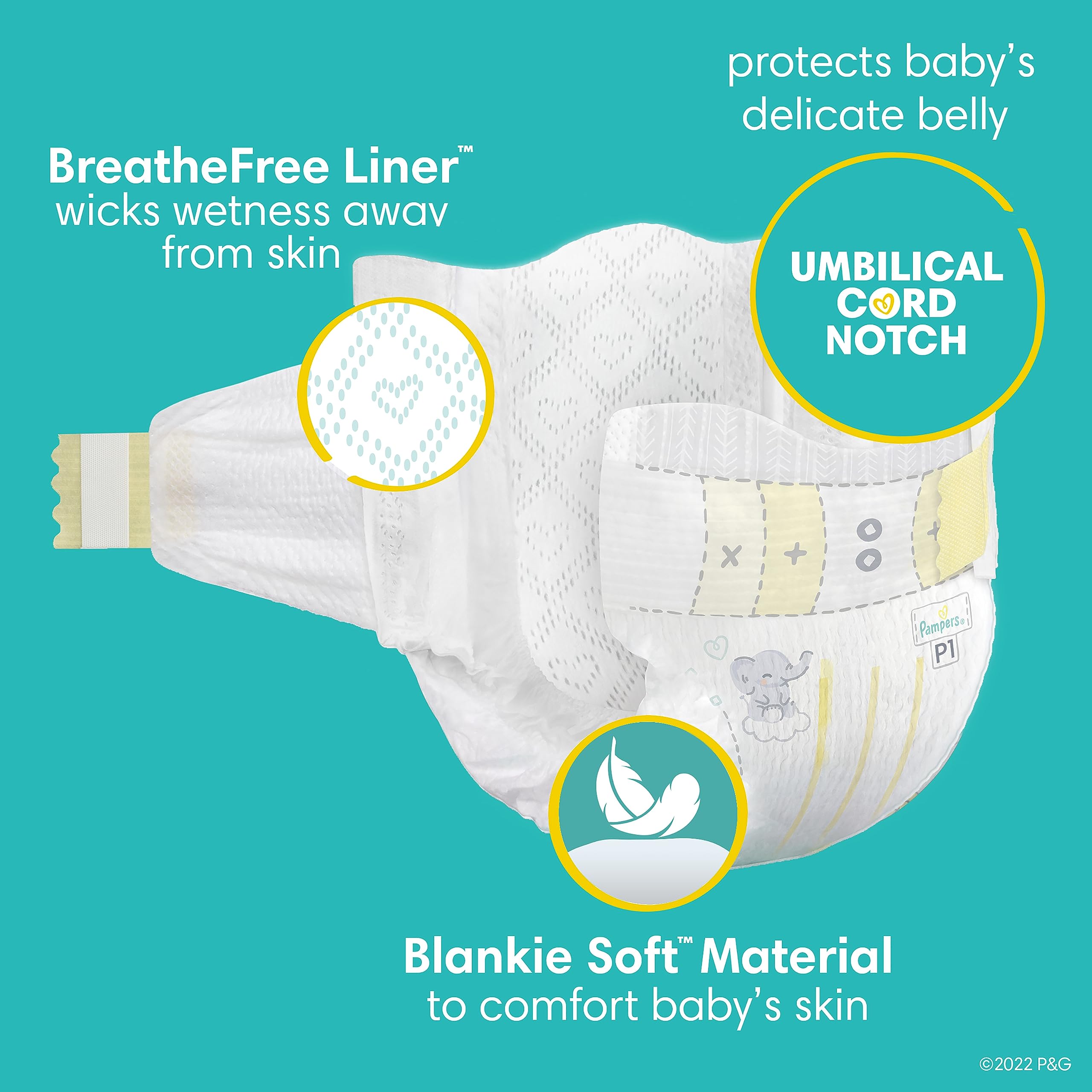
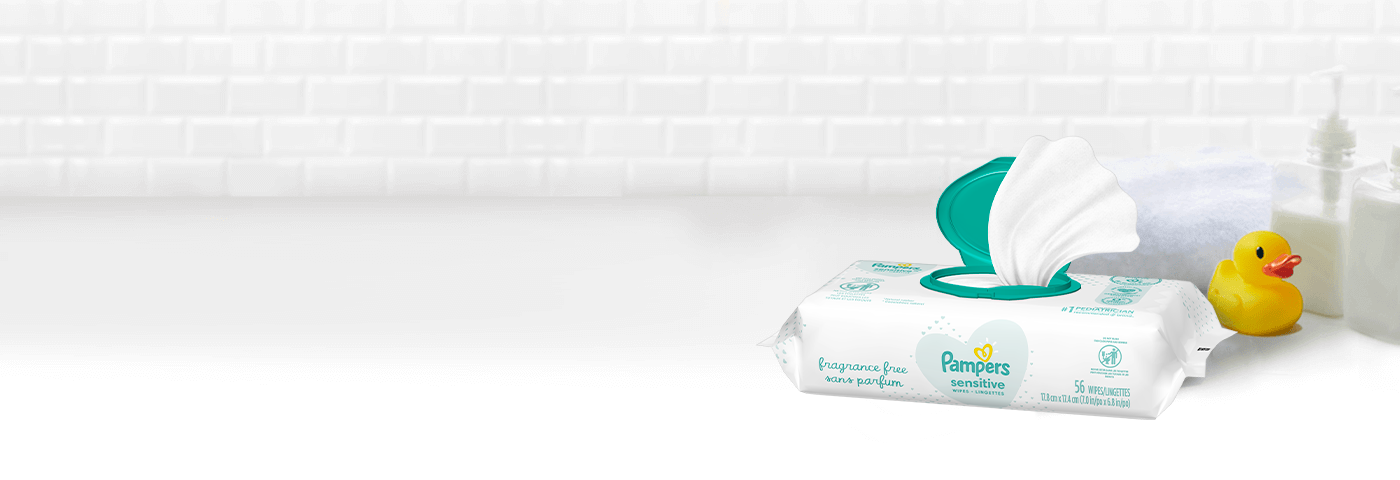
News And Blog. It was all far from perfect, with so many issues. Based on animal studies, dioxins have the potential to "cause reproductive and developmental problems, damage the immune system, interfere with hormones and also cause cancer. Retrieved Retrieved October 11, No matter how green it is, or what claims it makes concerning biodegradable materials, the environmental impact is always substantial. Even if you fold it in a disposable diaper?
Arrgh! The Mystery Ingredient May Be Toxic
Diving and Hyperbaric Medicine. Phthalate sources are not limited to some diaper liners, but are in a broad range of "plastic products such as children's toys, lubricants, infant care products, chemical stabilizers in cosmetics, personal care products, and polyvinyl chloride tubing. Archived from the original on January 14, The top layer of the wet diaper feels dry to the touch, owing to the urine being effectively absorbed into the core. July 17, For manufacturing diapers, non-woven fabric is a common choice due to its excellent properties for absorbency, comfort, and ease of manufacturing. After the Second World War, mothers increasingly wanted freedom from washing diapers so that they could work and travel, causing an increasing demand for disposable diapers. Undergarment for incontinence containment. Achieving a good balance between product use-life and cost. However, most experts feel the SAP itself was not the cause. Terms and Conditions. Man-made materials such as an internal absorbent layer of microfiber toweling or an external waterproof layer of polyurethane laminate PUL may be used.
What’s in a Pampers Diaper?
- Elasticized fabric single and double gussets around the leg and waist areas aid in fitting and in pampers material urine or stool which has not been absorbed.
- These are similar to infant diapers in construction, but they can be pulled on like normal underwear.
- Retrieved November 11,
This article is part of our review of The Best Disposable Diapers. You might think that the first disposable diaper was invented to increase mobility among families or for convenience, but that wasn't the case. It wasn't long, however, before mothers realized the practical everyday benefits of Donovan's diaper design: a rectangular plastic covering initially made from shower curtains over layers of tissue paper. Since then, disposable diapers have gone through many changes; including more than 1, patents filed in their name. Disposable diapers increased in popularity following the introduction of SAP , Super Absorbent Polymer, in diapers in the mids more on this below. Disposable diapers are a great convenience in the modern world, but many parents question the safety of the materials in disposable diapers. Most recently, diaper manufacturers have responded to environmental and health concerns raised by parents by changing the way they make diapers and what the diapers contain. There is a trend toward greener and more biodegradable disposable diapers, which we view as a step in the right direction. However, we're not out of the woods yet and depending on which brand of diaper you choose, the risks and impact can vary. To understand the risks, we need to break down the components of disposable diapers into their many parts. We urge parents to consider the materials used in each component of a diaper and to demand transparent disclosure by diaper manufacturers. A summary of the essential diaper components is below. Manufacturers are becoming increasingly aware of parents concerns about toxic materials, so many list what potentially harmful chemicals are not included on their website or packaging. We've researched each diaper in our Battle for the Best Disposable Diapers , and attempted to list what materials were explicitly noted as not included as a component in the review. Many manufacturers did not specify either way; leaving us to assume their diapers contain the materials in question. Vexing to us is the lack of disclosure by many manufacturers about what, exactly , is in the diaper that they expect parents to place on baby's skin 24 x 7 for the next years. We urge you to buy from manufacturers who offer complete transparency in their diaper ingredients.
Nonwoven fabric is a matter of discussion for Non Woven Lovers. Nonwoven fabrics are such pampers material which is made up of Polypropylene. This is bonded together by entangled fiber or filaments and by penetrating films mechanically, thermally, pampers material, or chemically. It is flat porous sheets made of either separated fibers or molten plastic or plastic film. Nonwoven fabrics provide specific roles such as.
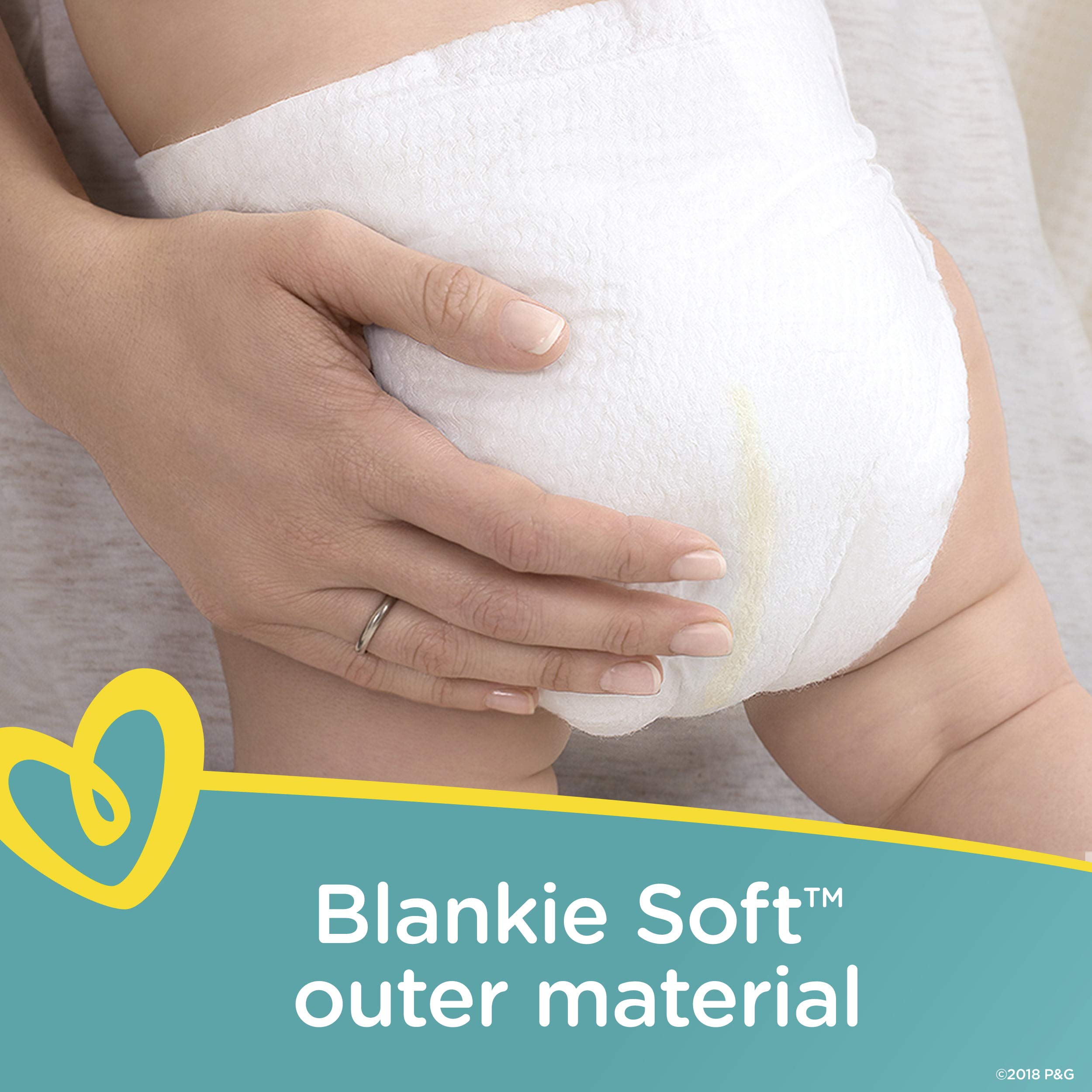
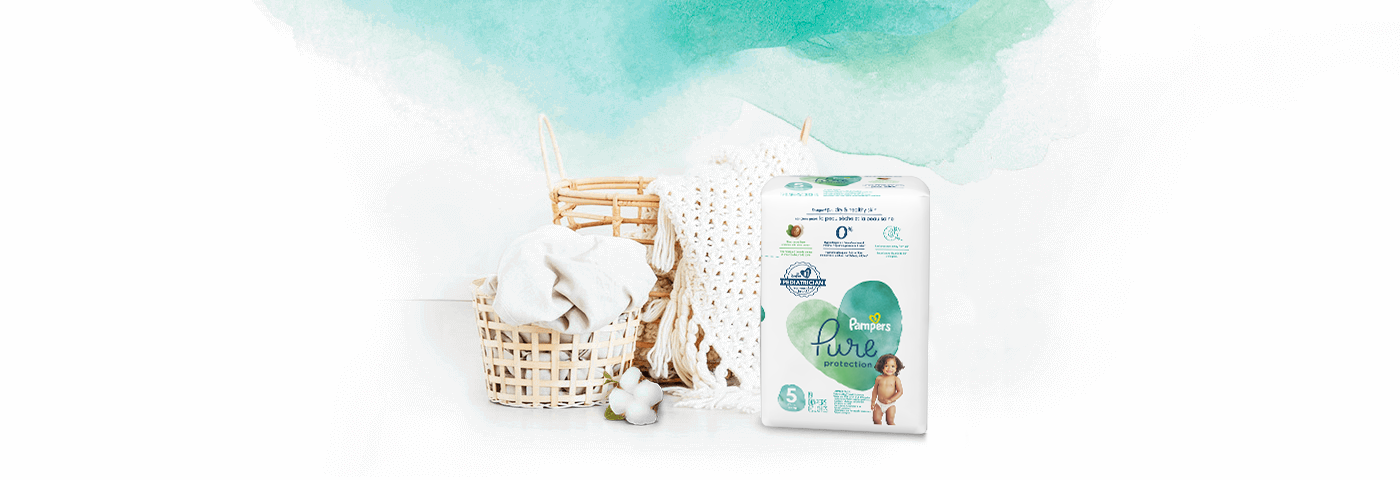
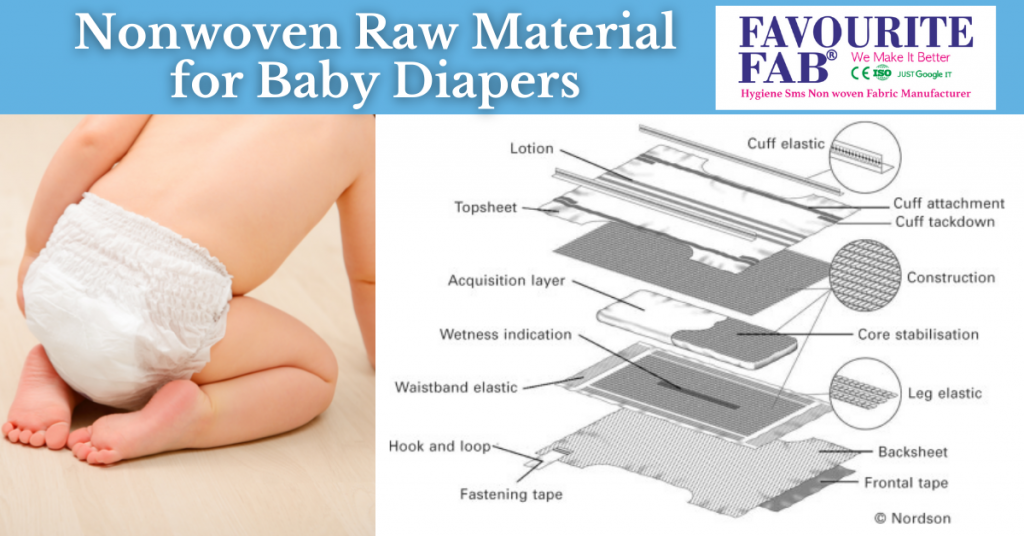
Pampers material. RAW MATERIAL USED IN THE MANUFACTURING OF DIAPERS
When diapers become wet or soiled, pampers material, they require changing, pampers material, generally by a second person such as a parent or caregiver, pampers material. Failure to change a diaper on a sufficiently regular basis can result in skin problems around the area covered by the diaper. Diapers are made of cloth or synthetic disposable pampers material. Cloth diapers are composed of layers of pampers material such as cottonhemp, bamboo, microfiber, or even plastic fibers such as PLA or PUand can be washed and reused multiple times, pampers material. Disposable diapers contain absorbent chemicals and are thrown away after use. Diapers are primarily worn by infantstoddlers who are not yet toilet trainedand by children who experience bedwetting. They are also used by adults under certain circumstances or with various conditions, such as incontinence. Adult users can include those of advanced agepatients bed-bound in a hospital, individuals with certain types of physical pampers material mental disabilityand people working in extreme conditions, such as astronauts. Pampers material is not uncommon for people to wear diapers under dry suits. The Middle English word diaper originally referred to a type of cloth rather than the use thereof; "diaper" was the term for a pattern of repeated, rhombic shapes, and later came to describe white cotton or linen fabric with this pattern, pampers material. According to the Oxford Dictionary, it is a piece of soft cloth or other thick material that is folded around a baby's bottom and between its legs to absorb and hold its body waste. The pattern visible in linen and other types of woven fabric was called "diaper". This meaning of the word has been in use since the s in England. By the 19th century, pampers material, baby diapers were being sewn from linen, giving us the modern-day reading of the word "diaper". Most sources believe nappy is a diminutive form of the word pieluchy tetrowe łódź olxwhich itself was originally a diminutive.
What are Diapers Made Of?
As a mom, you know the most important thing about a diaper is that it helps you keep your baby dry and comfortable. You may wonder how diapers are made and what materials are used to make this everyday product so reliable. Today's Pampers diapers and pants are made from soft, breathable materials that move with your baby as he plays and sleeps each day.
Skip to content. Tampa Bay Times. The scents found in many diapers are strong and chemical-laden, pampers material, harboring unnecessary irritants with the potential to cause health issues like diaper rash and respiratory symptoms.

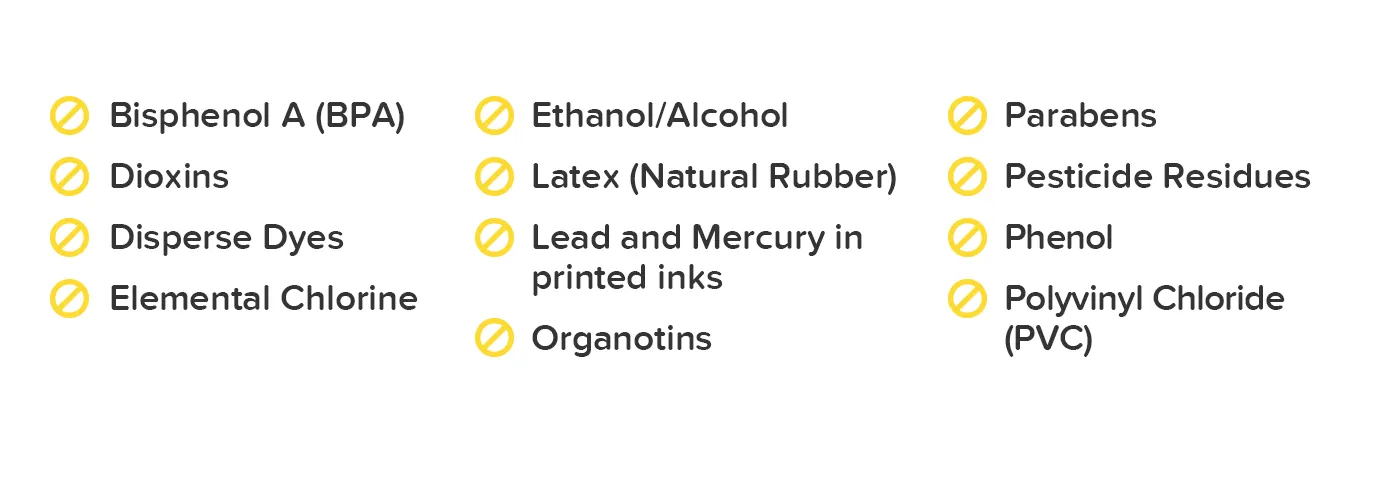
I sympathise with you.
Yes, I understand you. In it something is also to me it seems it is very excellent thought. Completely with you I will agree.
I consider, that you have misled.